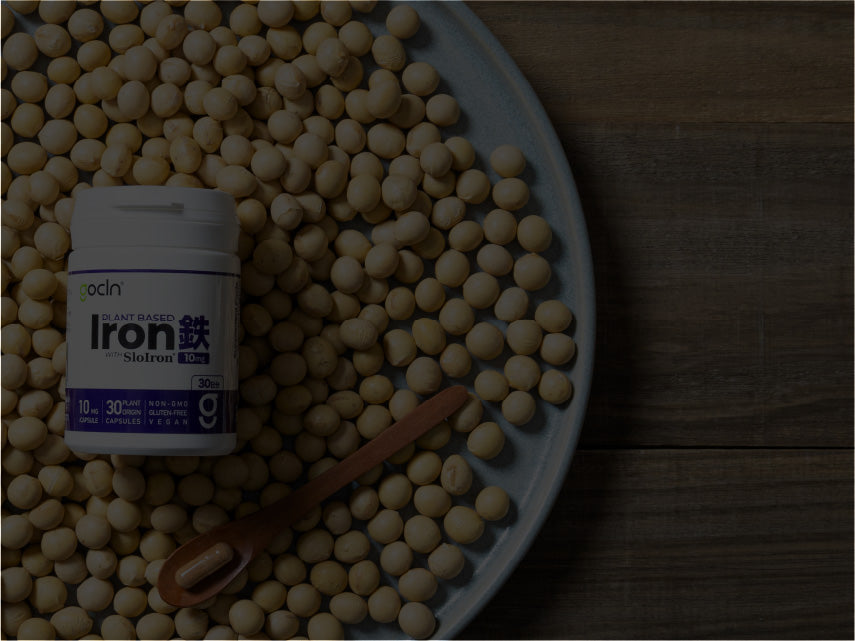Iron
Adv Nutr. 2012 Jul 1;3(4):532-3. doi: 10.3945/an.112.002261.
Iron (1) is an essential component of hemoglobin and myoglobin and thereby facilitates the transport, transitional tissue storage, and cellular use of oxygen. It also has important roles in cytochromes within mitochondria, mediating the transfer of electrons in the electron transport chain. Cytochrome P450 in the liver and intestine degrades endogenous compounds and environmental toxins. Iron is also part of heme-containing enzymes such as catalase, xanthine oxidase, and glutathione peroxidase and acts as an enzymatic cofactor for aconitase, NADH dehydrogenase, succinate dehydrogenase, and α-glycerophosphate dehydrogenase. Iron is absorbed as ferrous (2) iron via a divalent metal transporter 1 located on the apical membrane of the enterocyte. Heme iron can also be absorbed by heme-carrier protein 1 on the apical membrane after which iron is released by the action of lysosomal heme oxygenase. Iron that has entered the mucosal cell can be stored as ferritin or transferred through the mucosal cell and exported across the basolateral membrane by ferroportin. The exported iron is oxidized from ferrous to ferric (3) iron by ferroxidase hephestin located at the membrane. Transport of iron between tissues is mediated by transferrin, which carries up to 2 ferric (3) ions per molecule, and then delivers iron to the cell via transferrin receptors. Lactoferrin, present in human milk, plasma, neutrophils, and secretions, can reversibly bind iron. Iron is primarily stored in ferritin, a large protein that can bind as many as 4500 atoms of iron in the form of hydrated ferric oxide. In states of iron excess, iron can also be bound to hemosiderin or circulate as chelatable low molecular weight nontransferrin-bound iron. Considerable amounts of body iron are recycled by the breakdown of senescent red blood cells every day with limited normal basal (i.e., skin cells, hair) or blood losses. As a result, iron homeostasis is largely achieved through regulation of dietary iron absorption. This regulation is controlled by hepcidin, a peptide synthesized in the liver in response to increased iron stores or inflammatory signals. Hepcidin binds to ferroportin in the enterocyte and causes its degradation, which thereby blocks dietary iron uptake.
Resource from PMC



